By Amanda Heidt, Invertebrate Zoology Lab
Funny story: I started writing this blog post a month ago, and then was so blindsided by the fury of end-of-semester squeeze that I've only now just gotten around to finishing it. Perhaps you can empathize, and in so doing forgive me my lack of posting. But(!), I've decided to keep it as is. If anything, the benefit of time makes it a bit more complete.
________________________________________________________

It's a Thursday night around 9:30, and I have just been rudely awakened from an unintentioned nap on my couch. It's my phone buzzing, eager to alert me to the fact that a coworker is requesting a cover at my job as a baker, which runs from 2-7...in the morning. I rise from my supine position and contemplate my schedule: the day which is now drawing to a close began with the sun. I had class from nine to noon, a meeting with my lab supervisor, some lab chores, and a guest seminar in the afternoon, and then I was racing the sunset to collect data in the field for a class project. I started my analysis, putting me home around 8, but I'll need to spend the entirety of the next two days bent over a microscope to get it all done before I dash off to Sacramento for an ecological conference.
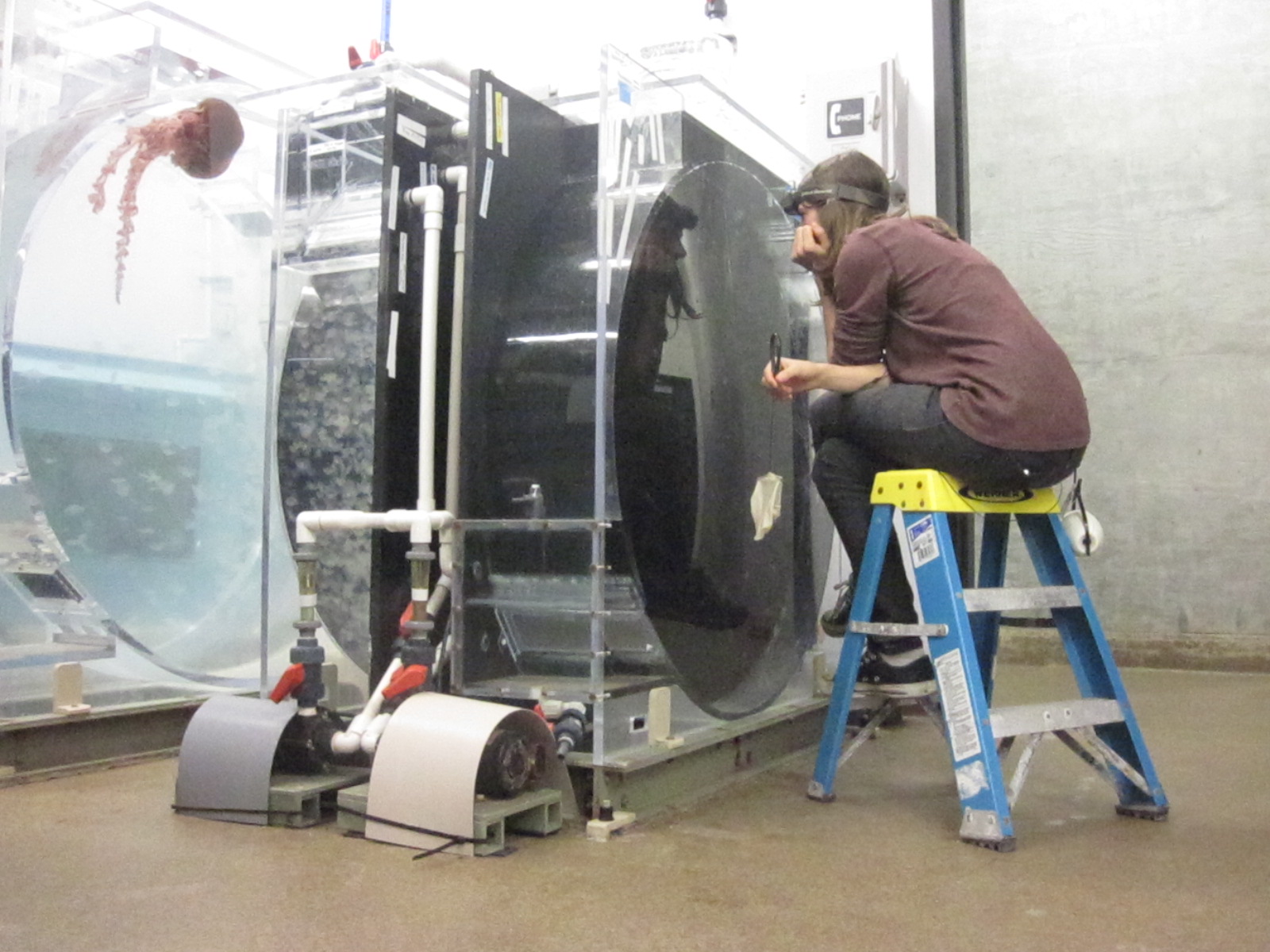
So no, I will not be available to cover a shift for work. As I curse myself for having slept in my contacts and consider the day's last coffee, I'm reminded of what we refer to in climbing as Factor 2 fun. There's a whole spectrum and methodology to this, but the general principle is that when something isn't fun to do, but is fun to recall later, it's Factor 2. Which explains, for instance, how one of my favorite climbs I've ever done was in Smith Rock, Oregon, many hundreds of feet high (it took hours), and I wept audibly for most of it. And maybe, it's an apt description for the last three months of life at Moss Landing. For the first time, I have that inevitable thought that every single graduate student in the annals of history had tossed around: “What, in the name of all that is good in this world, have I gotten myself into?”
But before I plant the dagger entirely too far in the heart of academic pursuit, a little context, if you please. I think it's worth discussing the reasons for being so busy. Because when the days are filled up with field trips and research cruises and diving in kelp forests, you can't really complain too much. So, if the goal of my involvement in this blog is to chronicle a “day in the life,” I figured I'd take a little time to talk about my various classes. You can not only get a sense of the process, but also a little background information on the classes themselves, if you're eyeing Moss Landing as a potential graduate school.
Marine Ecology (MS 103)
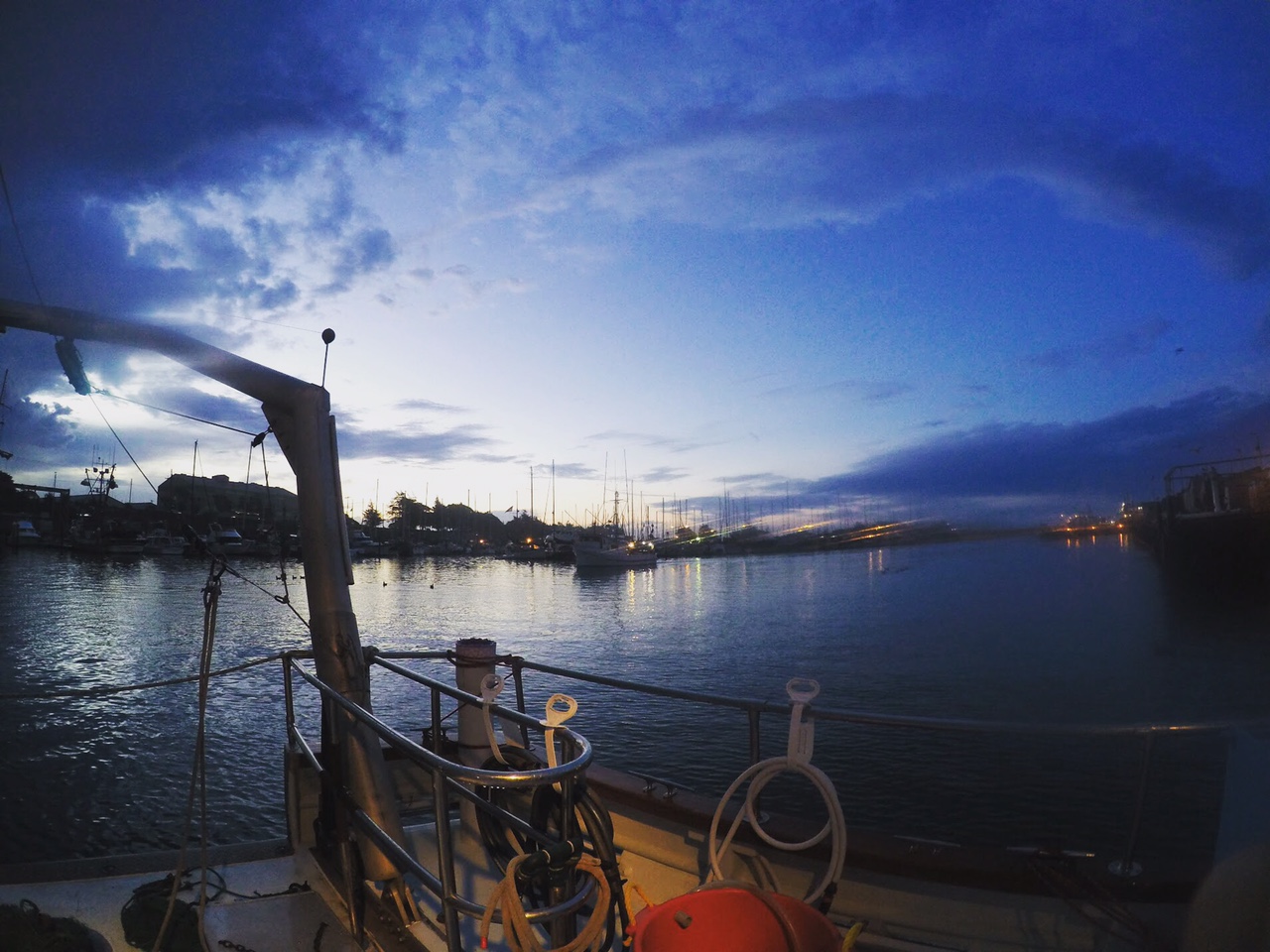
This class has been all about tangible skill development, in the sense that each lab is meant to familiarize us with a particular piece of equipment, research technique, or aspect of experimental design. It's fairly hands off, in the sense that once we obtain the data for each experiment the handling of it is left largely up to us. We're expected to coordinate as a class and it's a nice contrast to our individual research projects for the course, during which we are almost entirely self-reliant. I'm working on a parasitic trematode infecting a non-native estuarine snail that we have here in Moss Landing, which plays in well to my lab's theme of invasive species.
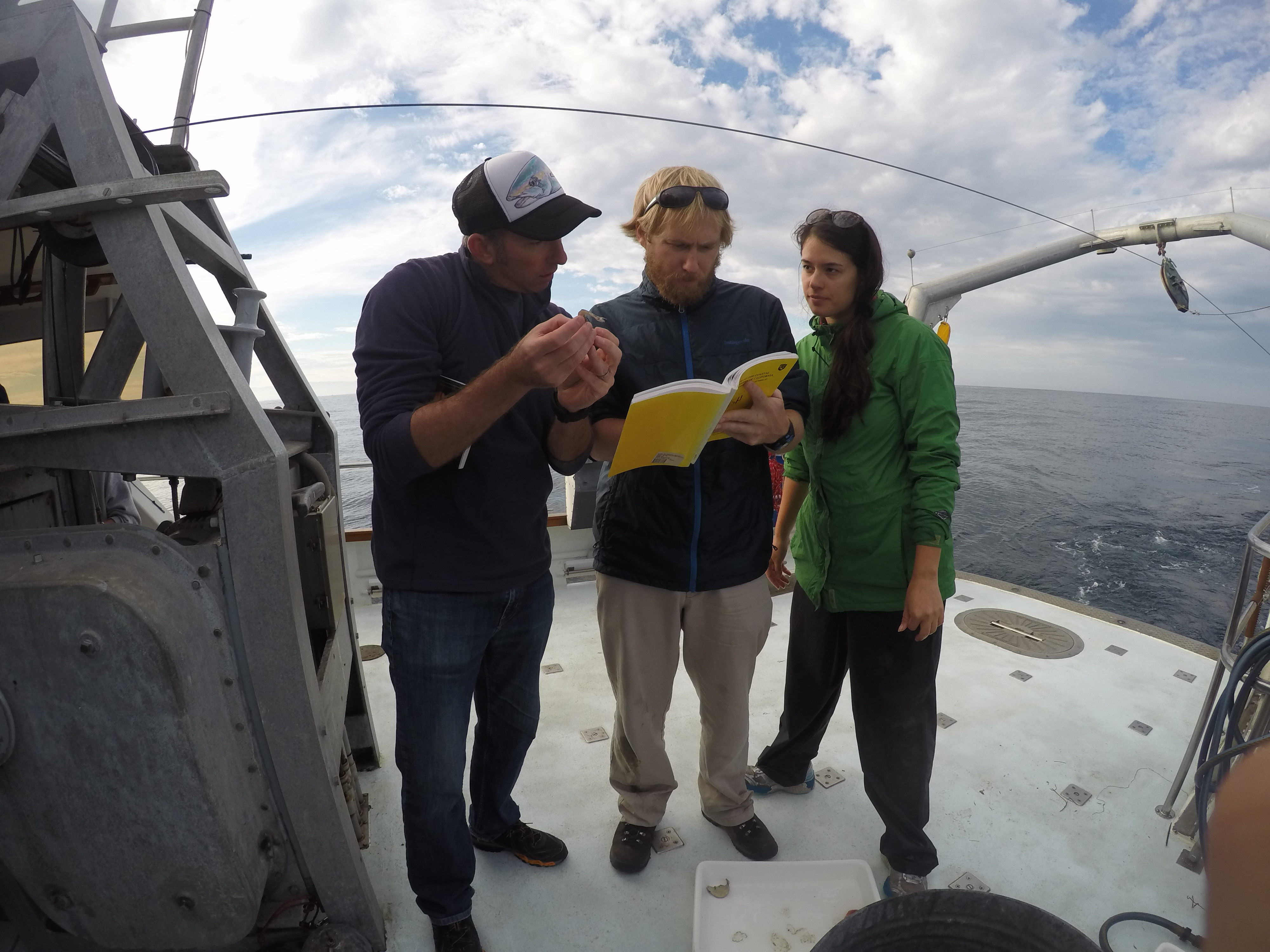
As to the experiments themselves, we've performed chlorophyll analysis of mud samples from the harbor, we've done sampling design using quadrats and UPC (Uniform Point Contact) to monitor motile (moving) and sessile (non-moving) species abundance. We chartered the university's largest boat, the John Martin, to go out trawling and see what we could bring up (result: a lot). And we got our hands dirty dissecting all the bugs and critters out of kelp holdfasts (the "root" of kelp plants that holds it to the rock).
Geological Oceanography (MS 141)
I approached this class a bit tepidly, mostly because I didn't really see much relevance to whatever thesis I might come up with. I'm an invertebrate molecular ecologist. But, I took a marine geology class as an undergraduate and really enjoyed it, and the alternative was physical oceanography, the uttering of which causes me to break into hives.
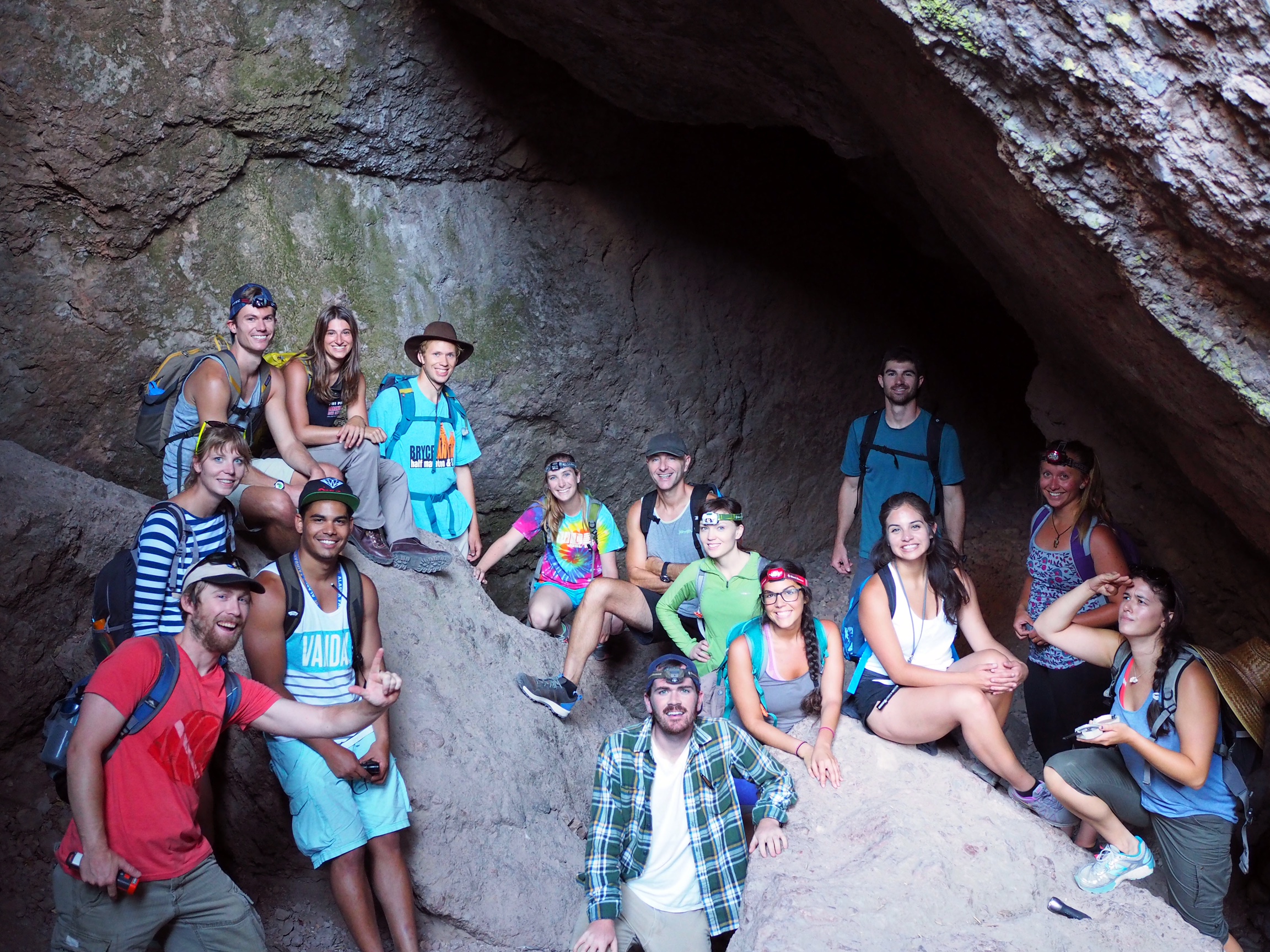
Fortunately, I've been similarly pleased with this foray into geology. The class is interesting and engaging, our professor knowledgeable and eccentric, and I feel a certain affinity for the “fly by the seat of your pants” way this course proceeds. The syllabus is never up-to-date, but that's generally because we're trading out a lecture on igneous rocks for an overnight fieldtrip to Point Reyes. It's plastic, much like the convecting mantle churning away below our feet. I've come, in this way, to learn a lot about places I've been visiting for years. Suddenly a tidepooling excursion on West Cliff in Santa Cruz isn't just about how many crabs I can torment. It includes phrases such as “Miocene authigenic carbonate vent structures” and “biosiliceous unit.” There's an intricate relationship between the geology of a region and its associated ecosystem, and I gravitate towards the multiscopic lens that interdisciplinary approaches lend to a discerning eye.
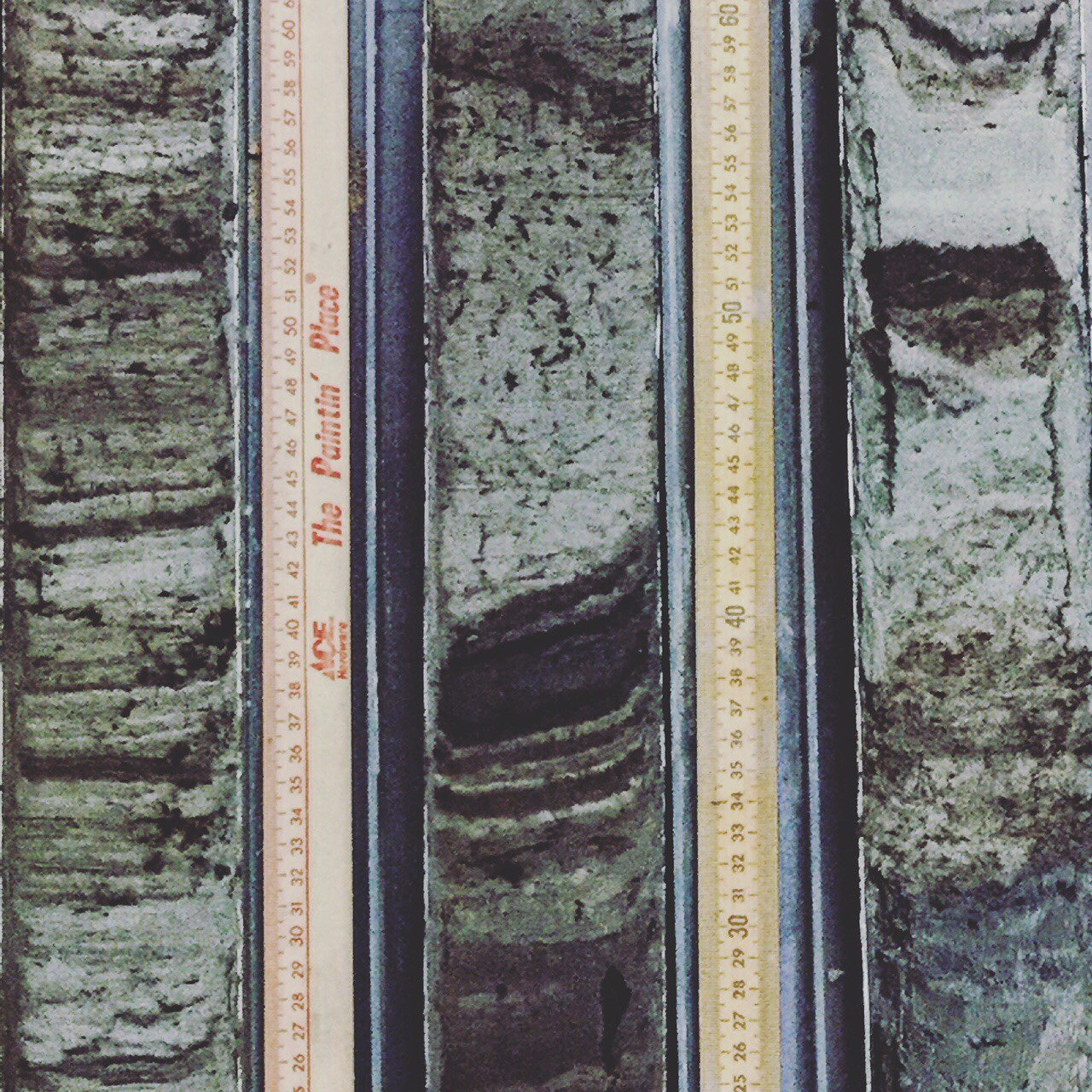
For my class project, we went out to take sediment cores from Elkhorn Slough, a process that was entirely new and exciting for me. We managed to nab about 1,500 years of history, and what it tells us is that the slough, like any habitat, is largely dynamic through time. While human hands have altered it pretty drastically in the last century, the slough was once a lagoon, an estuary, and a nearshore environment, each with its own chemical and biological signature. In an artistic sense, I find the cores to be quite beautiful.
Marine Science Diving (MS 105)
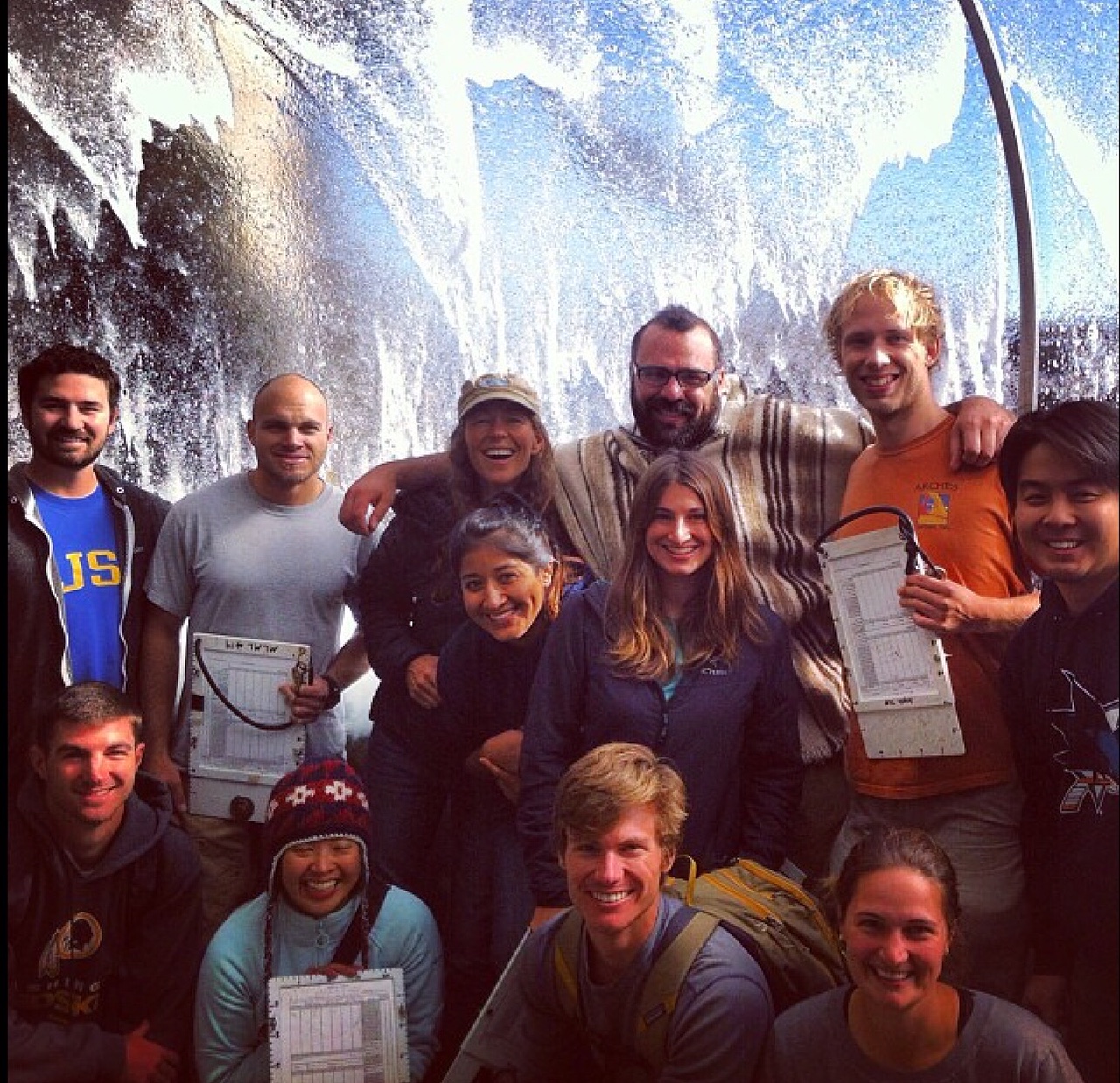
A class where all you do is dive, what's not to love? This is the class you take if you want to be able to dive for research here at Moss (or beyond), as it awards you with your AAUS (American Academy of Underwater Sciences) Scientific Diver certification. Over the course of the semester it touches upon underwater sampling methodology, species identification, and general diver competence. But really, it's just a class where we talk about diving while eating and then go diving, which has been pretty spectacular. I've been diving locally for years, but through 105 I've added several new dive sites to my roster: Hopkins, Stillwater Cove, Butterfly House, Del Monte Beach, and even the kelp tank exhibit at the Monterey Bay Aquarium! Having dove around the world, I can honestly say that nothing touches my watery heart quite like a healthy kelp forest does.
The Other Stuff
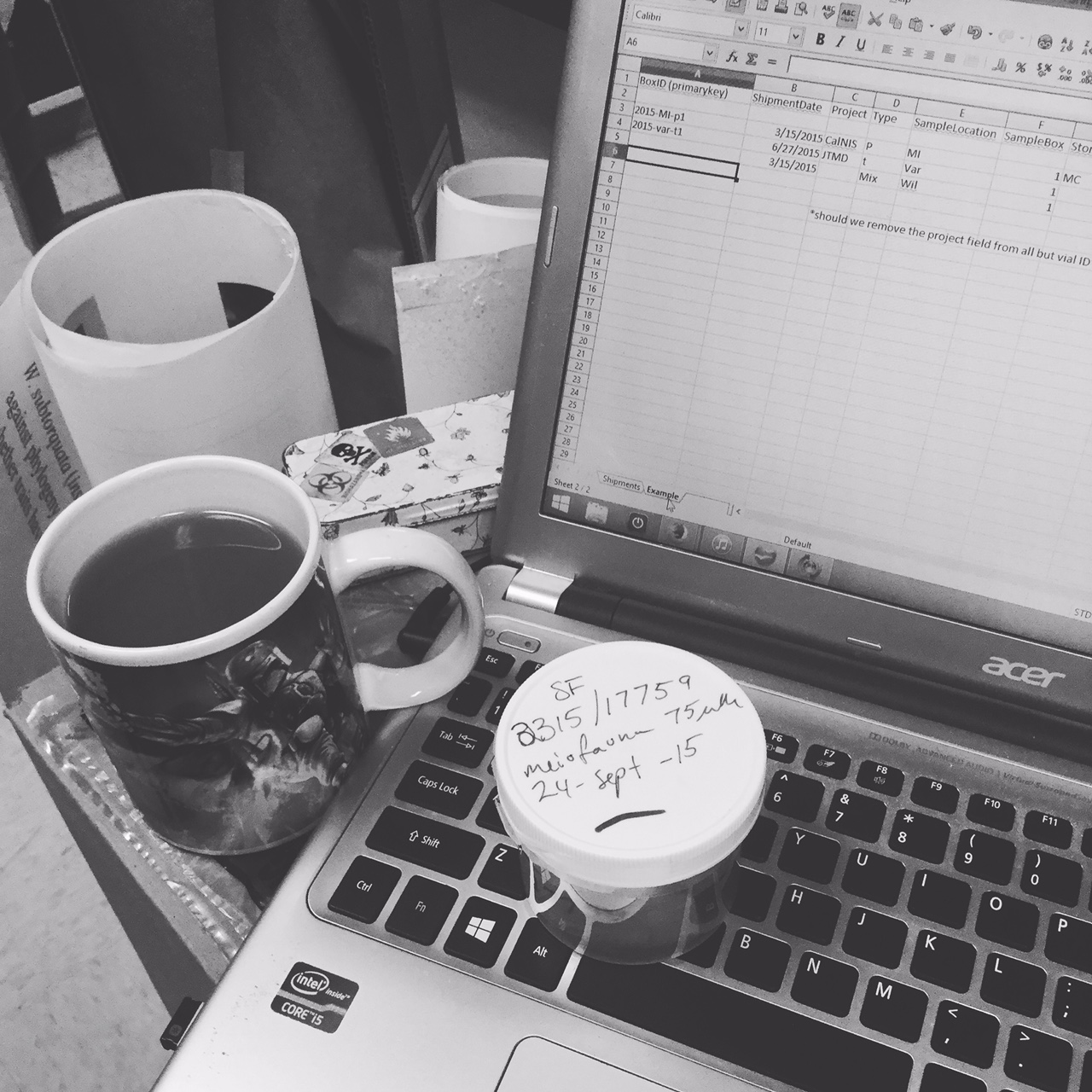
And then there's all the other Moss Landing-centric stuff that I've gotten up to that are outside of my classes. I took a boating course to be able to drive the whalers we have available for research. I fainted during it, but we'll pretend it's due to the innate beauty of the four-stroke engine we were learning about and not the truth, which is that I'm incapable of “adulting” properly. In any case, the small boats crew has earned my eternal gratitude, and I've been continuously impressed by their approachability and skill at what they do. It's a goal of mine to get more involved in boat operation while here at Moss, and I love that they make it easy for students to get access to and experience with boats. My time on the water has been some of my favorite at Moss Landing thus far.
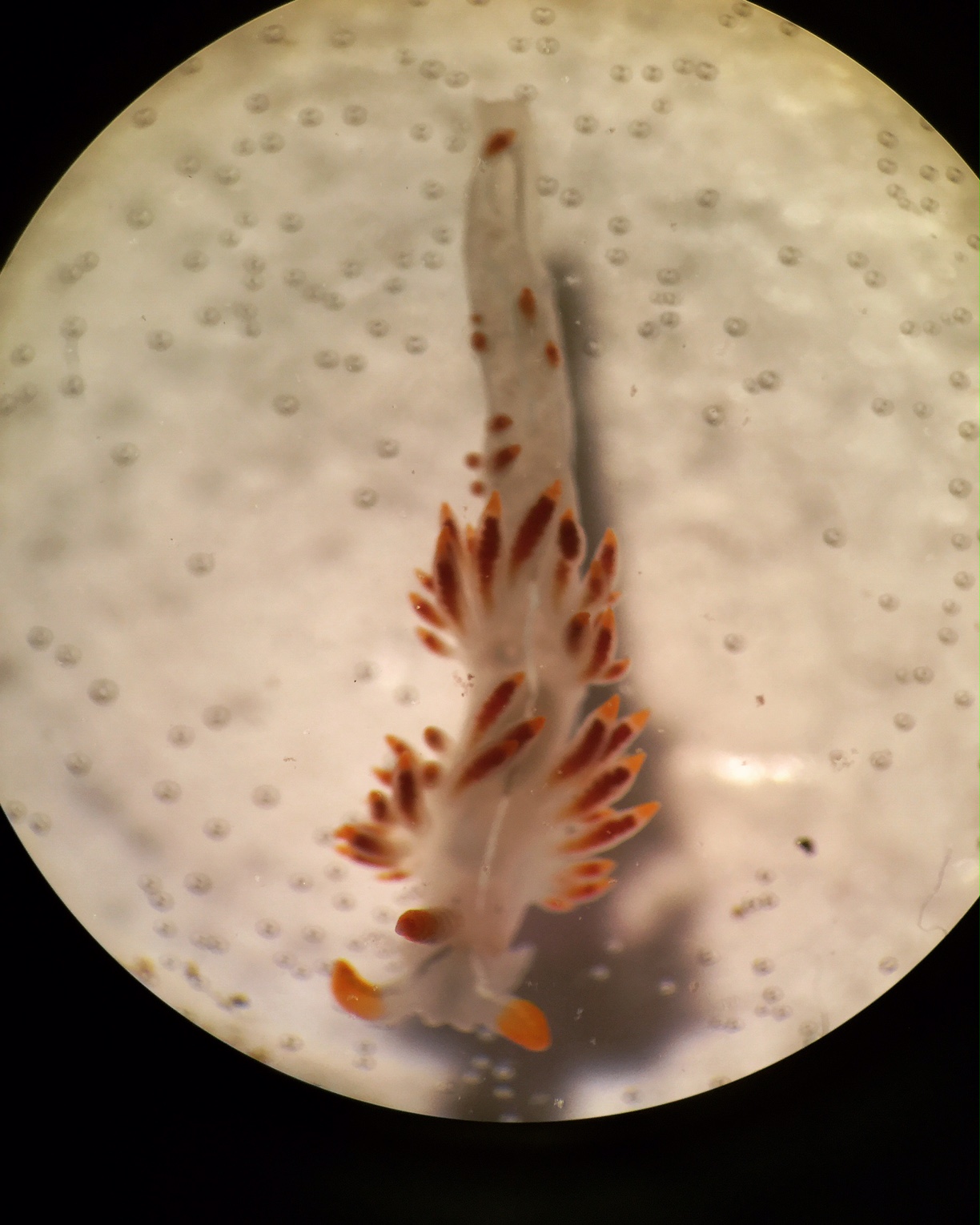
November marked the annual meeting of the Western Society of Naturalists (WSN). You can read about it HERE . I'll just add in my bit to say it was a great way to bring scientists together in a creative space. WSN is the platform from which many graduate students present their first poster or give their first talk. I'm hoping I'll be on the docket before long. Next year is the 100th anniversary of the society, being held in Monterey, and promises to be quite the affair.
Lastly, I'm working in my lab, as all students do. For someone who works in an invertebrate molecular ecology lab, I have staggeringly little experience in molecular technique. So, it's definitely been a learning exercise. Over the last three months I've been trained in DNA extraction, which along with subsequent sequencing is the bread and butter of what my lab does. It involves a lot of pipetting, which is...difficult for someone with my level of caffeine consumption. But it's been really exciting to be involved in science that is being conducted in real-time, that is tangible and meaningful.
_____________________________________________________
As we speak I'm sitting in a coffee shop in Las Vegas, contemplating the upcoming year and trying to coalesce a thesis topic out of thin air. It's still a bit early to say, but all signs seem to be pointing towards my involvement with a grant we have aimed at studying biodiversity and promoting education among international scientists. I think this is a good fit for me, as I loved tutoring and think science can always benefit from an atmosphere of inclusion.
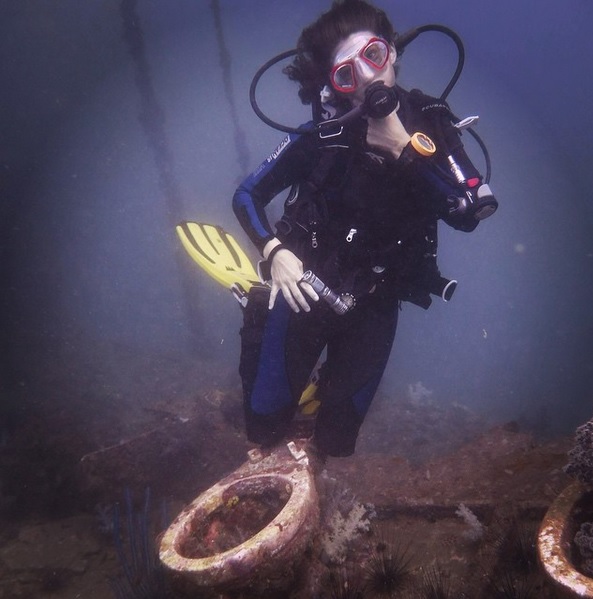
If it all pans out as I hope it does, 2016 will start with a(nother) trip to Thailand to visit my better half, followed by a 2-week research trip down to Baja California Sur in the spring, and then a summer visit to somewhere in Southeast Asia as part of the aforementioned grant to promote proper research techniques to undergraduates. I've also been elected as Secretary of the Student Body here at Moss, am charged with running the bake sale at the open house, and applied for a job as a Program Assistant for Friends of Moss Landing Marine Lab, who helps raise necessary funding to keep the labs running. So...busy is really the only word I can summon. Stay tuned, dear readers, and we will see what is to become of me. And Happy New Years! I hope 2016 is shaping up well for everyone.

